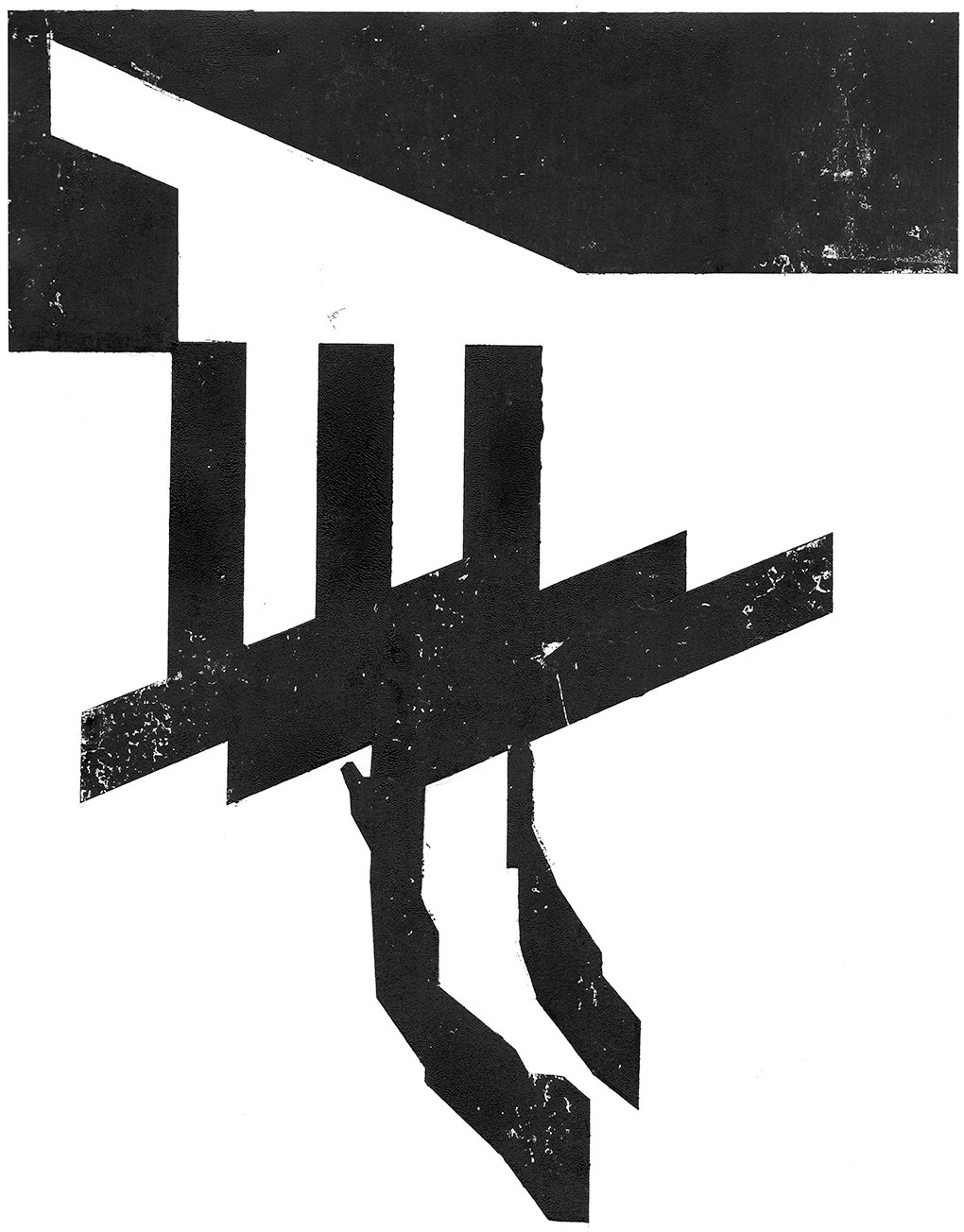|
Huda Tayob
huda.tayob@uct.ac.za |
Suzi Hall
S.M.Hall@lse.ac.uk |
© COPYRIGHT 2020. ALL RIGHTS RESERVED.
A PORTION OF THIS WORK WAS FUNDED BY A PHILIP LEVERHULME PRIZE (PLP- 2017 - 189) THE WEBSITE BUILD AND GRAPHICS WERE FUNDED BY THE GRADUATE SCHOOL OF ARCHITECTURE, UNIVERSITY OF JOHANNESBURG |
Web Design and Lead Image Design by
Fred Swart/Dieateljee
Fred Swart/Dieateljee

